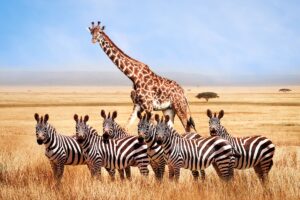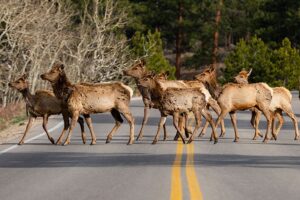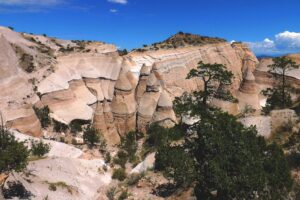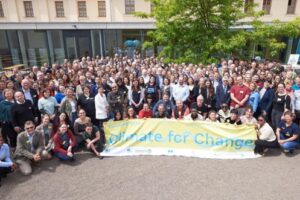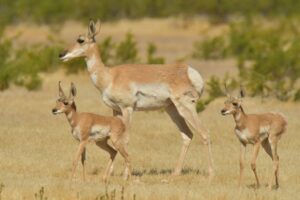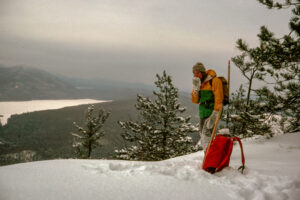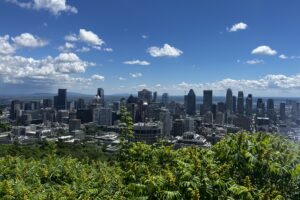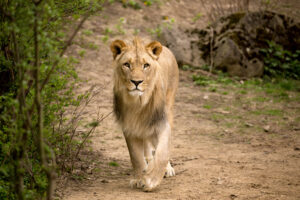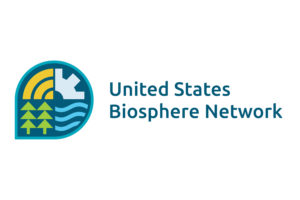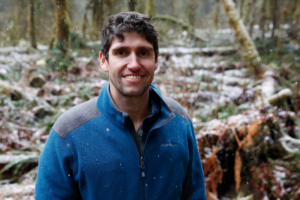Connecting an Iconic Landscape in the Transboundary Region of Kenya and Tanzania
Thirty years ago, the Disney movie the Lion King was released, telling the story of Simba, a young lion prince, who, after the murder of his father Mufasa, flees his kingdom only to learn the true meaning of responsibility and bravery. Other memorable characters are the warthog Pumbaa, the red-billed hornbill Zazu, the mandrill Rafiki, and the meerkat Timon—all species that play a role in the richly biodiverse ecosystems of east Africa. Partly because of this movie, and zoo visits, children and adults around the world are familiar with the wildlife of the iconic landscapes of east Africa.
